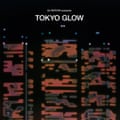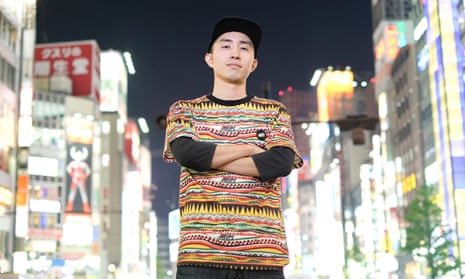Japanese city pop is an enigmatic genre. Emerging in the late 1970s and peaking in popularity throughout the 80s, it was a soundtrack to the country’s economic boom and newly christened “leisure class”: a loosely defined grouping of Japanese-language music influenced by American styles such as yacht rock, R&B, funk and boogie.
Recent years have seen a renewed interest in the genre among western audiences spurred on by cratedigging and YouTube. It has spawned expertly curated compilations, such as Light in the Attic’s 2019 album Pacific Breeze and, from We Want Sounds, 2020’s Tokyo Dreaming. Japanese label Nippon Columbia’s archive-raiding Tokyo Glow is the latest, producing 18 tracks of city pop that exemplify the genre’s wide-ranging diversity.

Curated by DJ Notoya, the compilation plays as a paean to the spending power of major Japanese labels throughout the 80s and the open-eared aptitude of their artists. Able to provide top session musicians filling out horn sections, orchestral strings and backing vocals, each track plays as a sumptuously warm instrumental experience. Opener Kimagure is taken from actress Kumi Nakamura’s only album release and features her Patrice Rushen-style silken vocal atop a mid-tempo boogie bassline; Indo No Michibata continues that fusion funk feel with a horn section that references US R&B band Tower of Power.
But this is more than just a well-crafted replica of American styles. Each composition subtly subverts its reference points: Sumiko Yamagata’s balladic Minnie Riperton-style instrumentals are coupled with an eerie top-line synth; New Generation Company’s strutting funk, complete with vocoder banking, has a proto-techno feel; Mizuki Koyama goes full Drexciyan electro in the thundering opening to her Teena Marie-adjacent Oh! Daddy.
Even though city pop is a genre largely coined in retrospect, Tokyo Glow’s varied selection is not a mere historical document. The compilation highlights these artists’ attention to instrumental detail and their delicate fusion of popular international styles with new technologies to create the sound of a city. It is one that is both of its time and still repeatedly listenable today.
Also out this month
Réunion Island experimental composer Labelle releases his latest album Éclat (InFiné Music), a deconstructed selection of string quartet works reframing classical melody through Maloya rhythms and contemporary electronics. Tuareg group Imarhan’s third album, Aboogi (City Slang), is their first record made in their native southern Algeria; the resulting tracks interweave field recordings with dextrous guitar lines. Producer Shay Hazan fuses north African gnawa rhythms with vamping jazz horns on Reclusive Rituals (Batov Records), highlighting the earthy bass tones of the three-stringed gimbri in the process.

Comments (…)
Sign in or create your Guardian account to join the discussion